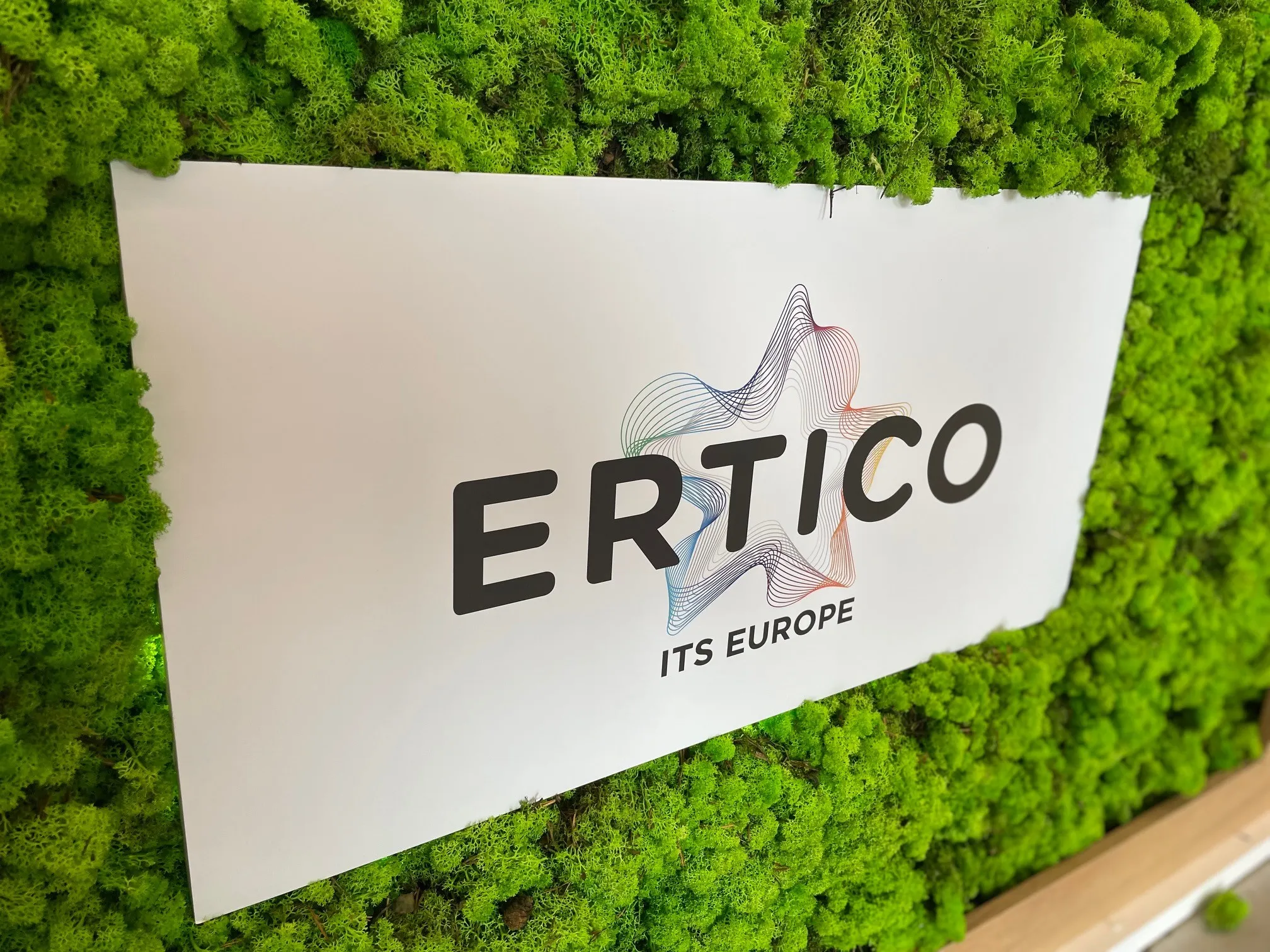A research study conducted on behalf of the National Cooperative Highway Research Program concludes that now more than ever public agencies should communicate under an integrated structure using strategic communications planning to effectively engage with stakeholders, customers and the public. Sponsored by the American Association of State Highway Transportation Officials (AASHTO), and led by WSP | Parsons Brinckerhoff, the two-year research study is condensed in a Communications Guide for State Department
February 23, 2017
Read time: 2 mins
A research study conducted on behalf of the National Cooperative Highway Research Program concludes that now more than ever public agencies should communicate under an integrated structure using strategic communications planning to effectively engage with stakeholders, customers and the public.
Sponsored by the American Association of State Highway Transportation Officials (AASHTO), and led by8556 WSP | Parsons Brinckerhoff, the two-year research study is condensed in a Communications Guide for State Departments of Transportation that is available free through AASHTO and from WSP | Parsons Brinckerhoff.
AASHTO says the guide can be an important tool for any transportation agency looking to align its public outreach with its organisational goals and priorities. By capturing best practices and sharing success stories, this guide provides an in-depth look at strategies for both the organisational leader and the practitioner that can streamline and improve communications programs.
The research project involved a series of surveys; personal interviews with communicators, outside experts, public agency CEOs, and other leaders in state departments of transportation; as well as a review of effective communications practices in the public and private sector. The guide includes resources such as templates, graphics, and other tools to illustrate the strategies and practices that have been or may be used successfully by communications teams. The guidelines also include the role, purpose, and importance of communications functions and how these functions should be organizationally structured, coordinated, and aligned with agency leadership and goals.
Sponsored by the American Association of State Highway Transportation Officials (AASHTO), and led by
AASHTO says the guide can be an important tool for any transportation agency looking to align its public outreach with its organisational goals and priorities. By capturing best practices and sharing success stories, this guide provides an in-depth look at strategies for both the organisational leader and the practitioner that can streamline and improve communications programs.
The research project involved a series of surveys; personal interviews with communicators, outside experts, public agency CEOs, and other leaders in state departments of transportation; as well as a review of effective communications practices in the public and private sector. The guide includes resources such as templates, graphics, and other tools to illustrate the strategies and practices that have been or may be used successfully by communications teams. The guidelines also include the role, purpose, and importance of communications functions and how these functions should be organizationally structured, coordinated, and aligned with agency leadership and goals.









